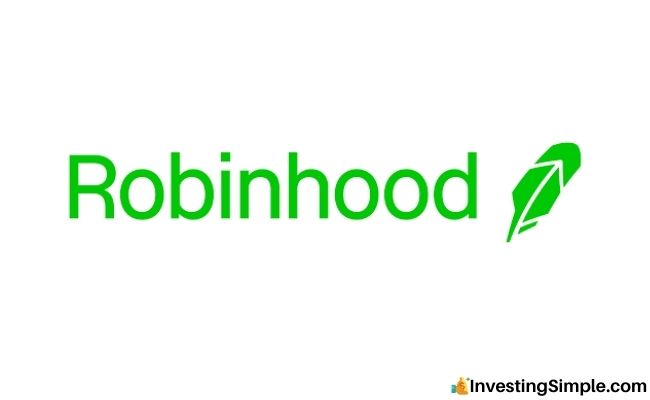





Investing in the stock market can be both exciting and challenging.
When using Robinhood, you have the opportunity to invest in individual stocks, options, ETFs, and crypto with ease and without commission fees.
One question that many new investors ask is, "How do you see if you are making money on Robinhood?"
Seeing if you're making money on Robinhood is easier than ever, thanks to recent updates and new tracking features.
It's important to understand that investing in the stock market carries risk, and fluctuations in the market can impact your portfolio's value. However, Robinhood now provides multiple ways to help you gauge your performance—in real time and over the long term.
First, you can keep track of your total portfolio balance. This is the value of all your investments on Robinhood at any given moment. If you regularly add or withdraw funds, this number alone may not reflect your true performance, but it's a quick snapshot of your account's worth.
Robinhood's app now features a dedicated "Total Profit & Loss" screen, where you can view both realized (from sold investments) and unrealized (current gains/losses on open positions) figures. This breakdown gives you a clearer picture of your actual profits and losses.
The chart feature is a powerful tool for visualizing your portfolio's performance over time. You can select different timeframes—from one day to five years—and see how your investments have grown (or declined). For individual stocks, ETFs, and crypto, you can even switch between line and candlestick charts to better understand price volatility and trends. Crypto charts, for example, support views from one hour up to five years.
To view these charts, simply tap the timeline increments or press on the chart to see specific price points along your investment journey.
Robinhood uses the FIFO (First In, First Out) accounting method for calculating gains and losses. This means the first shares you buy are considered the first you sell, which can affect your realized profit figures and tax liabilities. Understanding FIFO is key to interpreting your gains—especially if you make multiple purchases of the same asset.
For deeper insights, visit the trade history section to review all your transactions. On individual stock or crypto detail pages, you'll find a summary of your total gain/loss for that asset, including both realized and unrealized amounts. This can help you identify which investments are driving your portfolio's performance.
For investors seeking advanced analytics—or those managing multiple accounts—third-party tools like Sharesight can sync with Robinhood to provide comprehensive tracking, automated tax reporting, and detailed performance metrics. By importing your Robinhood trade data, these platforms offer deeper insights than Robinhood's native tools, making it easier to track profit across all your investments.
The most accurate way to determine if you're making money is still through your tax documents. At the end of each year, Robinhood issues a consolidated Form 1099, which details dividends, sales, and realized gains/losses—including cost basis calculations. Reviewing this document is essential for accurate tax filing and understanding your annual investment performance.
Because tax documents reflect realized gains (from sales) and do not include unrealized gains (from open positions), they provide a clear, official record of your yearly profit or loss. Consult a tax professional if you have questions about your specific situation.
Remember that dividends count toward your overall earnings. Robinhood tracks dividend payments in your account history and tax documents. If you reinvest dividends, those amounts are added to your cost basis, which affects future gain/loss calculations.
Market conditions change rapidly, so regularly monitor your portfolio's performance—not just on Robinhood, but also via alerts or third-party apps. Setting up price or performance alerts can help you make timely decisions and protect your investments during volatile markets.
Can I see my overall profit instantly?
Yes, Robinhood's "Total Profit & Loss" screen provides a near real-time overview of realized and unrealized gains.
How do dividends affect my earnings?
Dividends are tracked as income in your account history and tax documents. Reinvested dividends increase your cost basis.
What if I reinvest dividends?
Reinvested dividends are added to your cost basis for that stock, which reduces future taxable gains when you sell.
Why do my reported gains differ from what I expected?
This could be due to the FIFO accounting method, fees, or fluctuations in market price. Always check your trade history and cost basis details.
In 2025, Robinhood offers robust tools to help you track your investment performance—from real-time profit/loss screens and customizable charts to detailed tax documents. By regularly reviewing these features, understanding accounting methods like FIFO, and leveraging third-party tools when needed, you can make informed decisions and improve your chances of success in the stock market.
Remember, investing always carries risk, and there are no guarantees. But with careful research, monitoring, and the right tools, you can stay on top of your portfolio's performance and maximize your potential for profit.
Don't forget to grab your free stock worth up to $200 from Robinhood today!